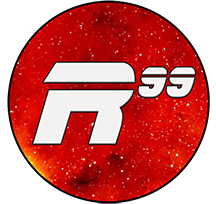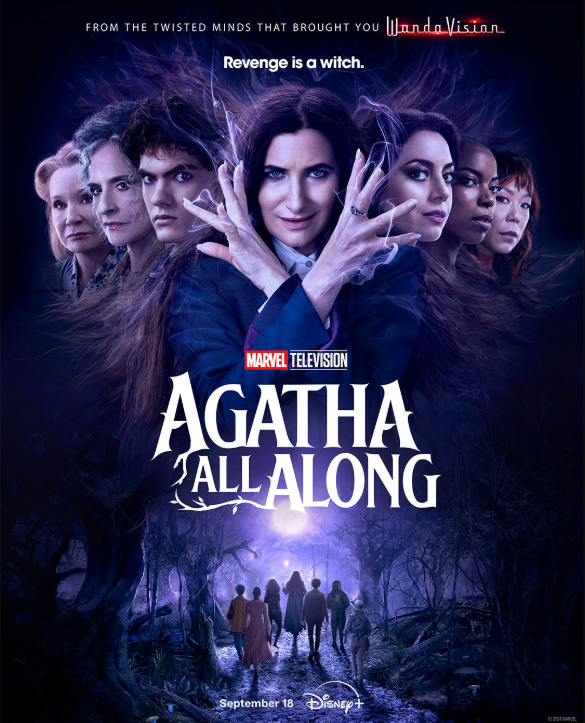Rise of the Rebels: The Year of Anti-Heroes and Villains
In 2008, Marvel took a chance and let famed actor and director, Jon Favreau create what I would like to call the nexus of the marvel cinematic universe, Iron Man (2008). Since that fateful moment in time, Marvel Studios has consistently gathered the masses to the movie theater and later, its streaming service to view spectacle after spectacle of superhero storytelling.
SideNote: I’d be remiss if I didn’t salute “Marvel Daddy” Blade, aka Wesley Snipes, for his role in saving Marvel from bankruptcy. He was truly the first.
Some projects wowed us, prompting fans to revisit the source material to investigate, compare, and analyze each adaptation for consistency with established canon. Other shows, however, made us question Marvel, making many ask, “was this necessary?” or make us say, in unison, “cancel the show”.
While Marvel has ruled the superhero market for the past 17 years, alternative superhero universes have risen to challenge its dominance, offering viewers fresh and exciting perspectives on what it means to be a superhero. Amazon Prime’s The Boys and Invincible, Crunchyroll’s My Hero Academia, and even DC Comics’ The Penguin, Suicide Squad Isekai, and Creature Commandos are shows that have altered the terminology. Additionally, Netflix has expanded into the superhero market, with shows like SuperCell, and The Umbrella Academy altering the “super-hero” landscape with not so superhero like behaviors.
After 17 years of Marvel content, the once-thrilling superhero formula feels increasingly stale, leaving many—including myself—grappling with Marvel fatigue. The cinematic recipe for success has become as predictable as a fast-food two-piece combo with a biscuit: reliable, occasionally satisfying, but rarely surprising. However, Marvel seems to have noticed this shift and pivoted by producing antihero and villain-focused movies that have not only wowed audiences but also brought in significant revenue and subscriptions.
SideNote: Marvel Fatigue - a sense of exhaustion or waning interest among audiences due to the overabundance of Marvel-related content, including movies, TV shows, and other Marvel related media.
With this shift in superheroes and storytelling, and many platforms showcasing their morally ambiguous behavior, could this be the year of the villain and antihero? Are traditional heroes being edged out, making way for a new kind of protagonist: the flawed, the conflicted, and perhaps even the outright villainous?
Over the last few years, the evolution of villains and anti-heroes has reshaped not just storytelling but the very definition of heroism. Kite-Man: Hell Yeah, The Boys (season 4), Agatha All Along, The Penguin. Hell, Jitjusu Kaisen - Season 2 had us rooting for Sakuna when he fought big Mahoraga (Big raga) and lets not talk about the greatest antihero of them all, Deadpool and how his team up with Wolverine brought in over one billion in revenue. The past year alone has led to some serious villainy with audiences becoming increasingly drawn to their outlandish behavior.
SideNote: Here's one more, both DC and Marvel lost the Trademark for “Superhero,” ending their Duopoly in the comic book marketplace. The term, superhero could mean anything for anyone. Especially for the Villains.
This reimagined superhero universe isn’t just about capes and powers anymore. At the heart of this new cinematic nebula is a series of untapped worlds, untold stories, and alternative endings that challenge what it means to be a hero. The term has become an evolving ideal in modern storytelling, with many loving the good bad guy as they shatter skulls and blow up their opps.
SideNote: Remember, GoJo vs Hanami...it takes a certain type of hero to do that, as innocent people died....
The wave of villain-focused shows has led to some excellent scriptwriting, showcasing the good, the bad, and the motivations behind their actions. For example, The Penguin. With Oz, we saw just how devious one has to be to become top bird in a city filled with vultures, sometimes sacrificing those closest to win.
When it comes to villains, morals take a back seat; their powers are front and center, and their psychology lets the world know that maybe being bad isn’t a bad idea. After all, there’s bad—and then there’s worse. Evil is a slope best raced downhill. No brakes.
SideNote: Don’t believe me, look at the source material.... The Comics, Graphic Novels and everywhere in between. Shutout to Image Comics, they’ve lived in this gray space for years.
Even comic book companies have embraced this new model of superhero storytelling. Marvel and DC now publish advisory editions of their PG-rated sibling storylines—not Vertigo or MAX per se, but a bolder middle ground with a touch of ultra-violence. DC’s Black Label, Marvel’s Red Band—this space between PG-13 and Rated M for Mature has gained traction and is quickly becoming the norm.
SideNote: Batman’s Damned, Blade’s Blood Hunt; without the gore and dark psyche, I feel that the story line might of went DOA if it took a Sesame Street approach.
It appears that the future of pop culture now lies at the core of villainous and anti-hero behavior. The superhero who bends the rules illustrates this shift—because, after all, being too good can be bad, and being too bad is never enough. A prime example of this is Todd McFarlane’s Spawn series. Since the character’s humble beginnings in 1997, Spawn has produced numerous films, video games, and television shows showcasing a dead hitman operative who makes a deal with the devil to see his family again and atone for his past sins by offering death and destruction to evil. As an anti-hero, Spawn has justifiably killed, made deals with demons, fought for both good and evil, and cemented himself as a cornerstone of the anti-hero comic book world. And he’s still going strong.
With so many villainous characters to choose from, Media companies now have an opportunity to focus on the villains, their backstories, complex motivations, and the reasons behind their actions. By diving into their origins and actions, we can ask ourselves, “Is it warranted, justifiable, or necessary?!”
Still don’t believe me....
For 2025 and beyond, the following Anti-Hero/Villain movies will be taking place: Thunderbolts, The Authority, The Toxic Avenger (hopefully soon), Irredeemable, and the amazing return of Robert Downey Jr. as Dr. Doom in Avengers: Doomsday. Also, DC Comic’s Clayface was just greenlit by James Gunn, followed by Jason Mamoa’s confirmation as LOBO in Supergirl: Woman of Tomorrow.
The superhero genre isn’t dying—it’s just trading in the bright spandex for something darker and way more twisted.
Say Hello to the Bad Guys. They’re the Supes now.
Respect.



















